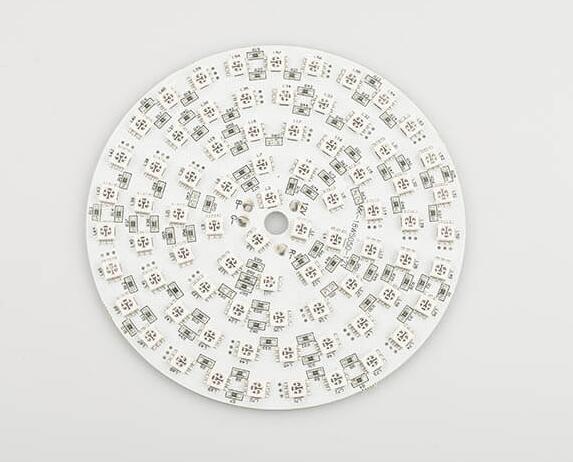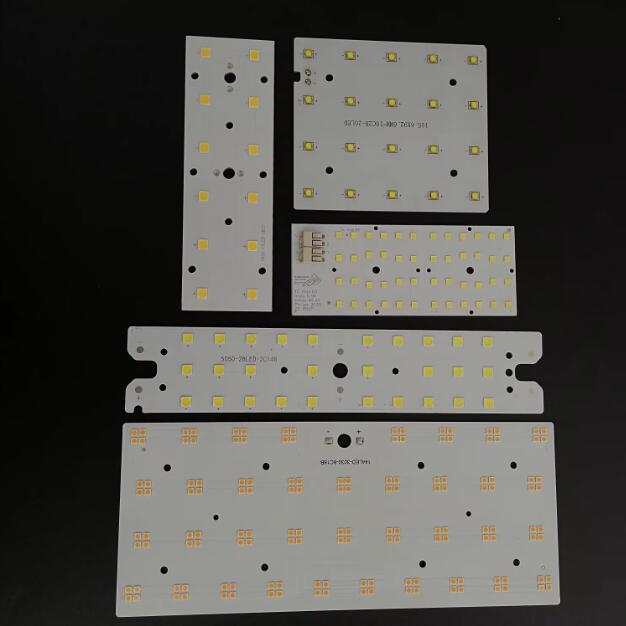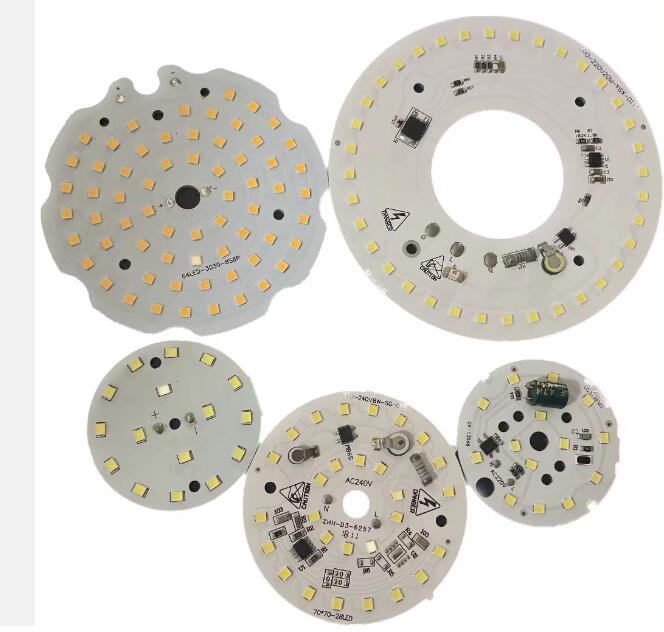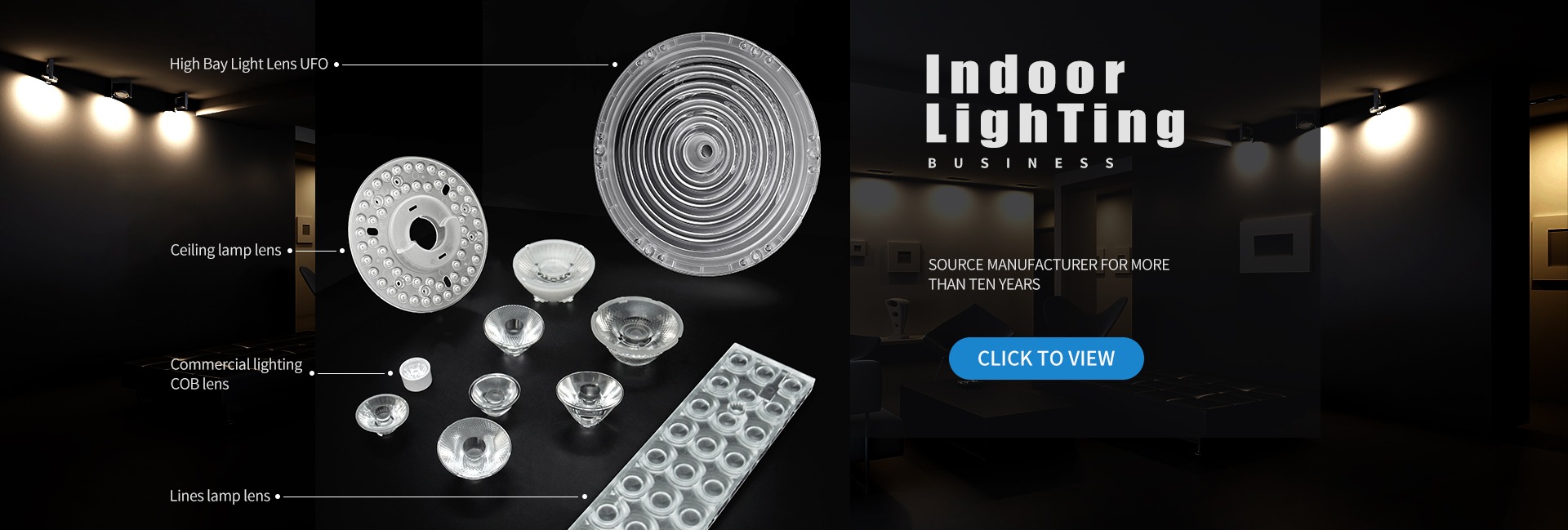
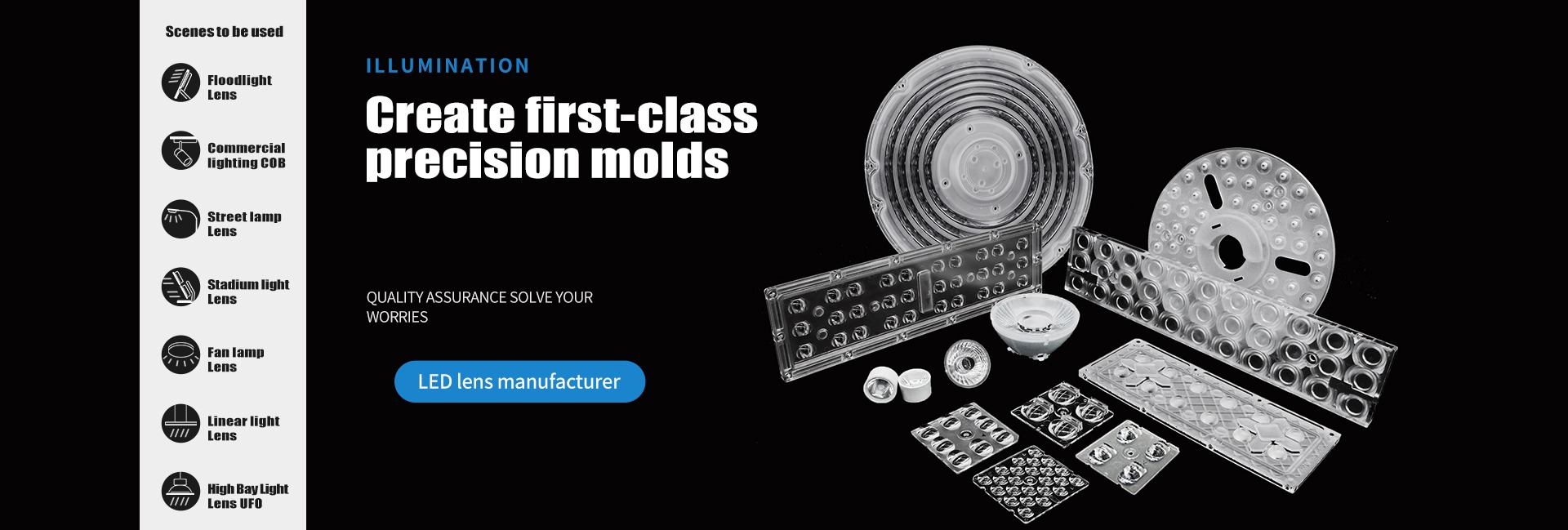
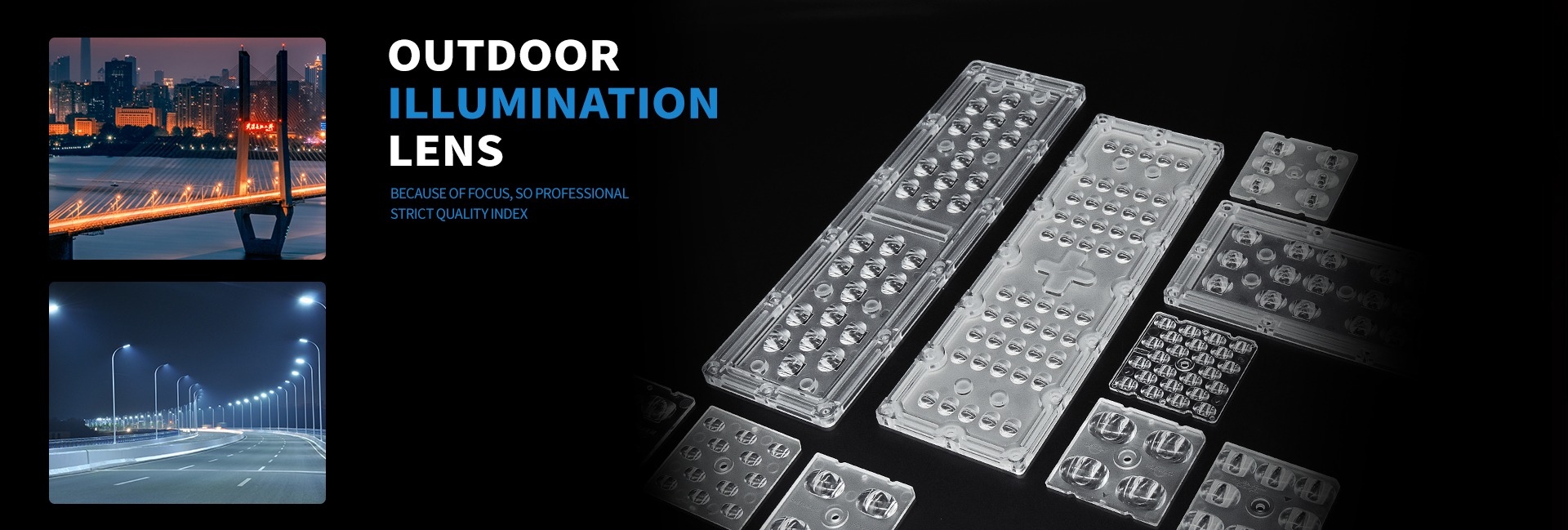
a):Conector Zhaga COB LED is a standardized interface for connecting LED modules to luminaires. b): 1. Conector Zhaga COB LED standardizes interface for LED modules. 2. Facilitates easy replacement and interchangeability. 3. Enhances compatibility between different manufacturers. 4. Supports various lighting applications. 5. Promotes innovation in LED technology. c): 1. Standardization improves industry efficiency. 2. Interchangeability benefits consumers and manufacturers. 3. Compatibility fosters collaboration among companies. 4. Versatility expands application possibilities. 5. Innovation drives advancements in lighting technology.
The Zhaga COB LED Connector is a standardized interface enabling quick and compatible connection of LED modules to luminaires.
Main Content:
Interface Standardization: The Zhaga COB LED connector establishes a uniform technical standard for LED module connections, resolving compatibility issues between brands.
Easy Replacement & Interchangeability: Facilitates component substitution without specialized tools, reducing maintenance times and costs.
Enhanced Compatibility: Enables interoperability between products from different manufacturers (e.g., CREE, Bridgelux, Citizen) without compromising quality.
Versatile Applications: Suitable for commercial, residential, industrial, and automotive lighting, adapting to design and power requirements.
Innovation Catalyst: By simplifying integration, it drives the development of new LED modules with improved thermal and luminous efficiency.
Key Insights:
Industrial Efficiency: Standardization reduces technical fragmentation, optimizing supply chains and mass production.
User & Manufacturer Benefits: Consumers gain access to easily available replacements, while companies save on R&D through pre-established standards.
Collaboration Promotion: Compatibility curbs "standards wars" and fosters technological alliances between competitors.
Expanded Applications: The Zhaga connector’s versatility paves the way for innovative projects like smart lighting or IoT-integrated systems.
Technological Advancement: By eliminating interoperability barriers, it accelerates adoption of new LED technologies, such as high-luminance COB (Chip on Board) solutions.
